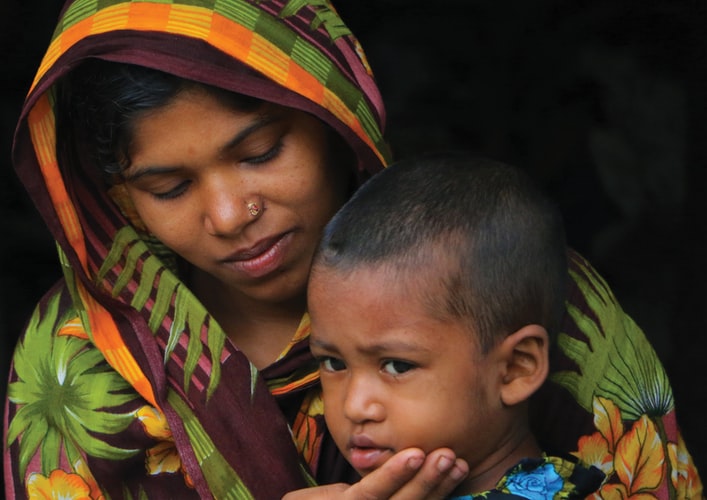Menstrual Hygiene Management in Bangladesh: The Stigma and Beyond
In Bangladesh, menstruation is a taboo topic. It is avoided through a culture of silence. According to Bangladesh National Hygiene Baseline Survey (BNHBS) 2014, only 6% of girls received any education session related to menstrual hygiene at school. Around 94% do not know why girls menstruate. Many teachers do not discuss the topic in front of the boys in the class. Even parents do not feel the need to inform their daughters about menstruation. In such a socio-cultural backdrop, menstrual hygiene management (MHM) is a neglected issue; and that negligence causes a greater barrier not only to health and nutrition, but also to gender equality and women empowerment.
MHM Situation in Bangladesh
MHM relates to both SDG 3 and 6, and is a key factor behind the country’s progress towards attainment of the Sustainable Development Goals (SDGs). In fact, MHM is linked to multiple other issues like education, psychosocial health, sexual and reproductive health and rights (SRHR), child marriage, gender equality, and female emancipation. Even though our country is making rapid progress in many cases, the MHM situation here is still depressing. On the other hand, while the country is approaching towards reaping the demographic dividend, MHM is crucial to be addressed in a scientific manner as half of the young crowd is female. Various factors including poverty, population growth, lack of education, lack of adequate WASH facilities, lack of education among parents, socio-cultural stigmas, lower rate of male involvement, and so on, are commonly the reasons behind poor MHM.
According to the Baseline Report 2017 of ‘Ritu’ which is a project of Simavi, TNO and RedOrange Media and Communications, funded by the Embassy of the Kingdom of the Netherlands, the toilet to student ratio is 1:187 whilst the standard according to the World Health Organization (WHO) is one toilet for 25 girls. The study also found that 32% of menstruating girls do not use the toilet at school during their period, let alone facilities like disposal bins in school washrooms and availability of sanitary napkins. The Bangladesh National Baseline Hygiene Survey 2014 says, disposable pads were used by about only one‐tenth of adolescents in the households. Around 40% of surveyed girls reported that they miss school during menstruation, and 31% thought that menstrual problems affect their school performance.
Implementation and Scale Up Efforts
Currently, many non-government organisations (NGOs) and development agencies are working hand-in-hand with the government. Share-Net Bangladesh (SNBD) along with all its member organisations is developing a resource document that could be used by the local organisations to receive more funds for MHM interventions. RedOrange Media and Communications, host organisation of SNBD, is running a unique project named “Alor Jatra” to ensure an MH-inclusive environment at schools for girls with disabilities by raising and creating awareness on MHM to provide a proper menstrual environment for them. To ensure good MHM practice, such collective efforts are essential.
The Way Forward
It is evident that to ensure better MHM facilities, firstly, collective effort is important. Then, we have to pay attention to a number of areas that include: education of the family members, especially the female members, increase of male participation, awareness and orientation at family level and at schools, focus on the policy level, inclusion of MHM in the curriculum even before the average age of menstruation, expansion of MHM-friendly toilets, promoting awareness using information and communications technology (ICT), sustained and inclusive planning for the differently abled people, proper and wider management of menstrual hygiene in the context of COVID-19, prevention of child marriage, gender sensitisation, inclusion of corporate and private sectors, awareness regarding environmental and scientific disposal management, and so forth. In line with the efforts, we have to prioritise the need for more funds to improve the MHM situation, especially to identify the barriers, conduct better advocacy mapping, create mass awareness, and ensure low-cost product development. No doubt. MHM is closely related to the self esteem and confidence of the young girls, which needs to be addressed through the lens of women empowerment.



